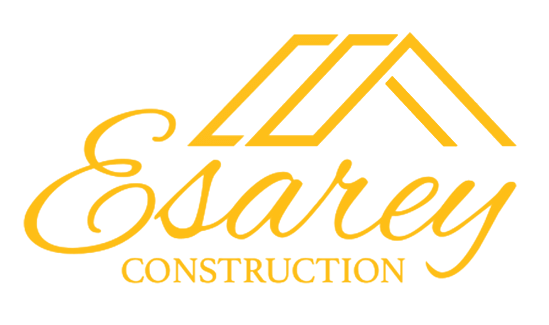Second Story Additions
Introduction
Brief overview of second-story additions and their growing popularity among suburban homeowners.
Why second-story additions are ideal for families who need more space but don't want to move.
Address the common concerns and goals of homeowners between 30-50, such as growing families, increasing home value, and optimizing space.
1. Why Consider a Second Story Addition?
Maximize Your Living Space Without Expanding Footprint
Explain how second-story additions allow you to expand upward, preserving yard space.Increase Your Home’s Value
Highlight how adding a second story can significantly boost property value and curb appeal.Customizable Design for Your Family’s Needs
Discuss the flexibility of creating additional bedrooms, bathrooms, or living spaces tailored to your family.Avoid the Hassles of Moving
Compare the costs and disruptions of moving to the long-term benefits of adding a second story.
2. Pre-Planning Considerations
Assessing the Structural Integrity of Your Home
Explain the importance of ensuring that the existing foundation and structure can support a second floor.Zoning Laws and Permits
Discuss local regulations, building codes, and the importance of securing permits before starting the project.Budgeting for a Second Story Addition
Provide a realistic breakdown of costs, including materials, labor, and unforeseen expenses.Time and Disruption During Construction
Set expectations for the duration of construction and temporary relocation if necessary.
3. Designing Your Second Story Addition
Seamless Integration with Existing Architecture
Discuss the importance of designing a second floor that blends with the current architectural style.Functionality and Floor Plan Layout
Offer ideas for efficient use of space, such as additional bedrooms, bathrooms, and family areas.Energy Efficiency Upgrades
Suggest ways to incorporate energy-efficient windows, insulation, and HVAC systems to minimize future costs.Future-Proofing Your Home
Discuss how to design with long-term functionality in mind, like multigenerational living or home offices.
4. Choosing the Right Contractor
Research and Vetting
Explain the importance of selecting a contractor experienced in second-story additions and how to evaluate their portfolio.Questions to Ask Before Hiring
Offer a list of questions homeowners should ask to ensure they’re hiring a qualified professional (e.g., experience, references, warranties).The Importance of a Clear Contract
Emphasize the need for a detailed contract covering timeline, materials, labor costs, and contingencies.
5. What to Expect During the Build
Foundation Strengthening and Structural Modifications
Outline the initial steps of reinforcing the home’s foundation, if necessary.Framing and Exterior Work
Describe the process of building the new structure, including roof modifications and siding to match the original home.Interior Finishes: Flooring, Walls, and Electrical
Provide an overview of the interior work, from drywall and flooring to plumbing and electrical installations.Final Inspections and Compliance
Explain the importance of passing final inspections and ensuring the addition meets all building codes.
6. Post-Construction: Maximizing Your Investment
Interior Design Tips for Your New Space
Offer advice on how to decorate and furnish the new addition to make the most of the space.Routine Maintenance for Your New Addition
Suggest a maintenance schedule to keep the new space in top condition.How to Refinance or Leverage Your Home’s New Value
Provide insight into how homeowners can use their newly added equity for future financial planning or remodeling projects.
Conclusion
Recap the benefits of adding a second story, from increased space to boosting property value.
Encourage homeowners to plan thoroughly and work with trusted professionals to ensure a successful and stress-free remodeling experience.
Call to action: “Ready to explore the possibilities of a second-story addition? Contact a local expert to get started today!”

